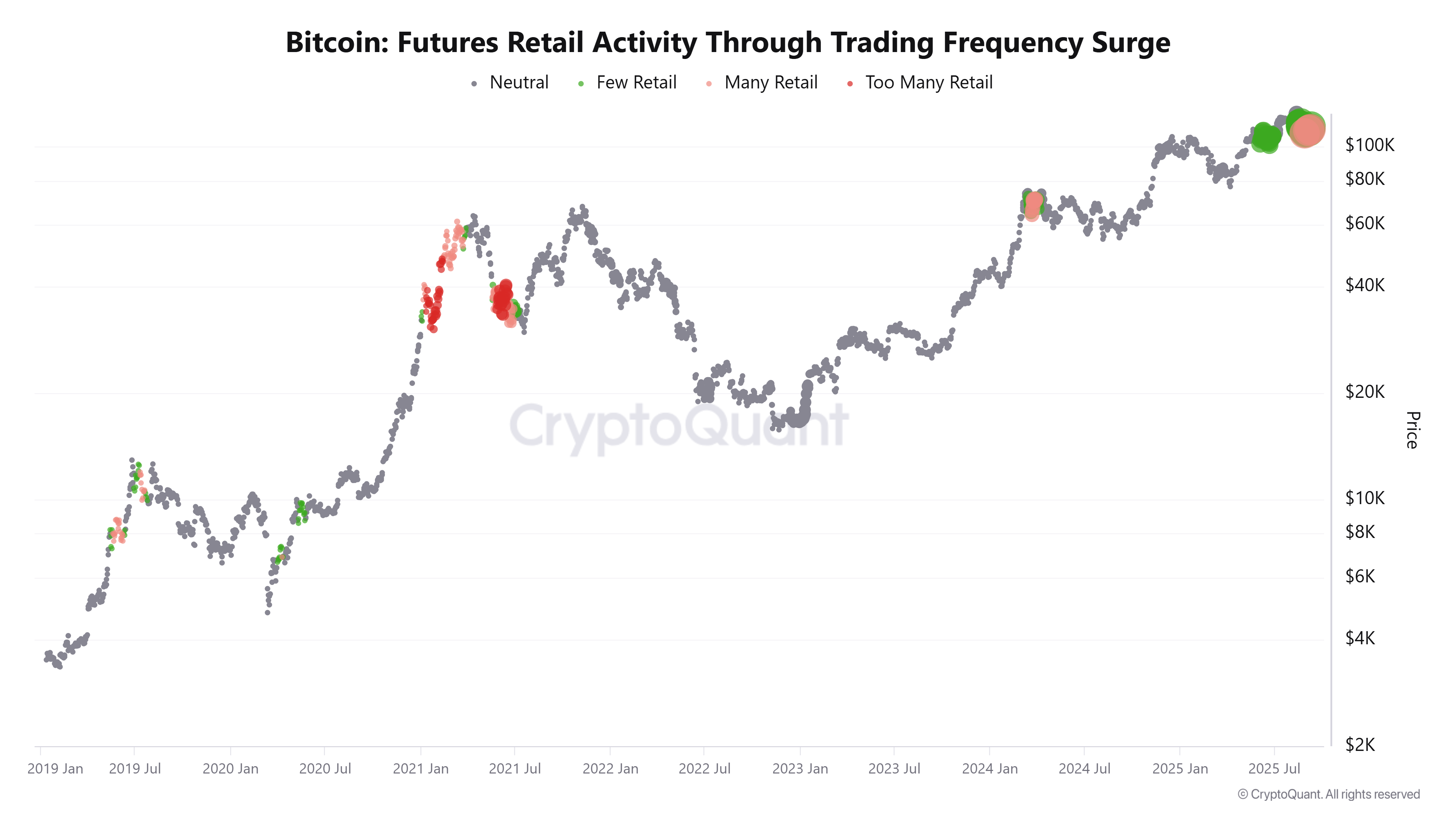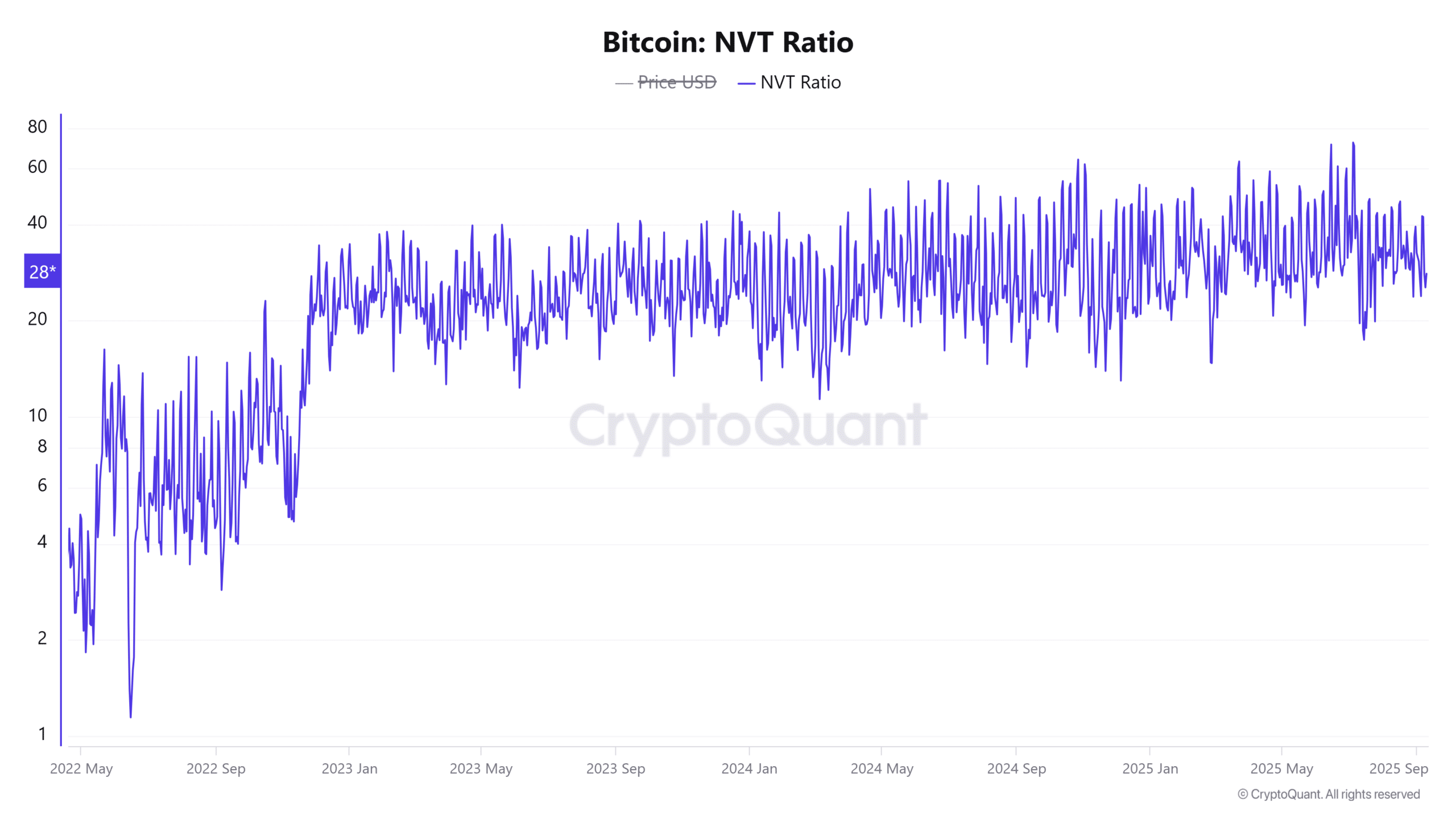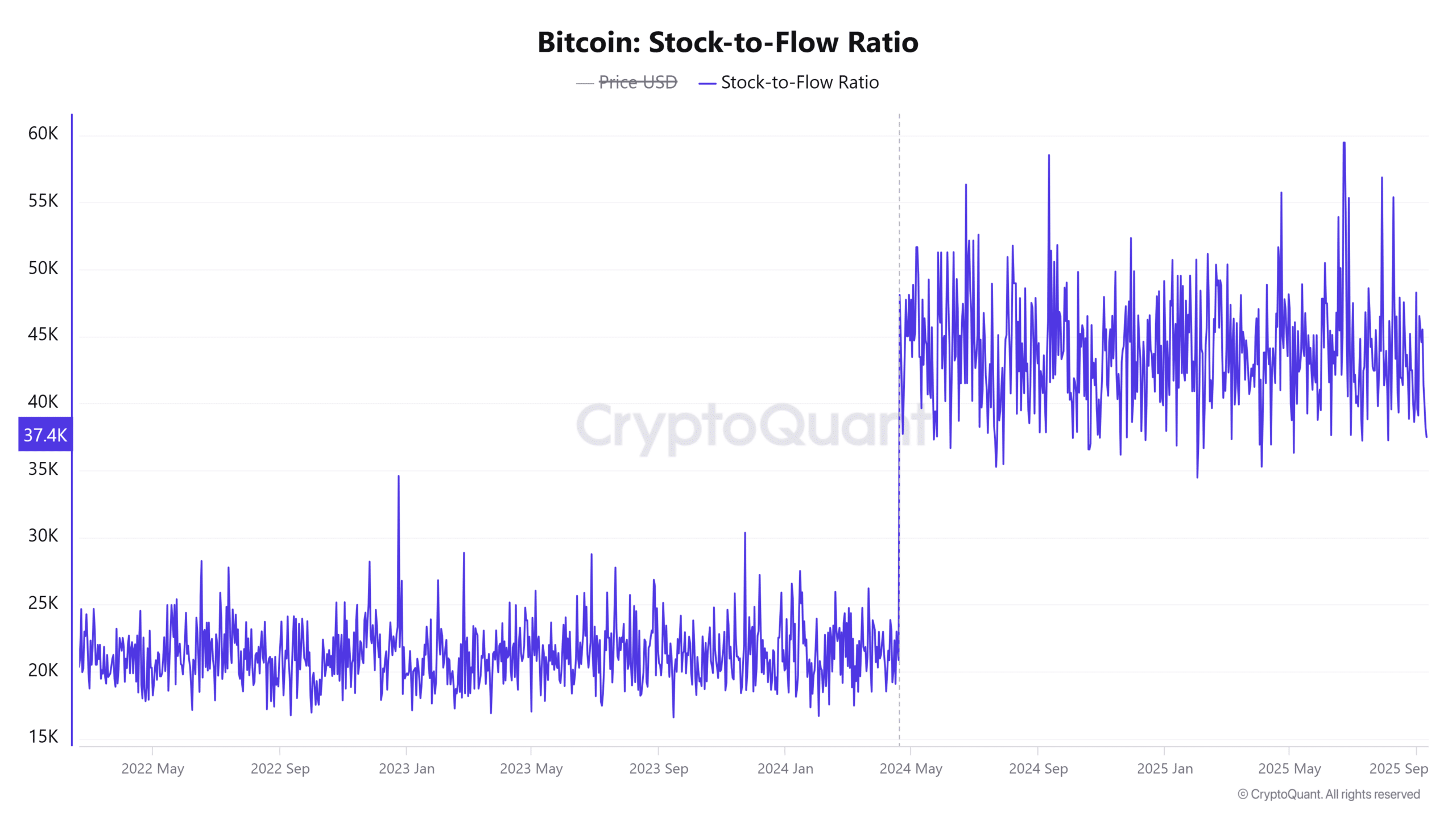Bitcoin exchange flows are driving short-term price action: centralized exchanges record roughly $15.8B daily volume versus $1.7B from spot ETFs, raising NVT-driven overvaluation risks while a weaker Stock‑to‑Flow amplifies correction potential despite institutional support.
-
Centralized exchanges: $15.8B daily vs. spot ETFs $1.7B — near 10:1 imbalance.
-
Rising NVT (28, +10.5%) signals potential overvaluation relative to on‑chain activity.
-
Stock‑to‑Flow dropped ~40% to 1.27M, undermining scarcity-based forecasts and increasing correction risk.
Bitcoin exchange flows, NVT rise, and ETF impact — read expert analysis on correction risk and what traders should watch next. Learn actionable signals now.
What are the core drivers behind Bitcoin’s current price risk?
Bitcoin exchange flows and on‑chain metrics are the main drivers today. Centralized exchanges produce outsized daily volume versus spot ETFs, while a rising NVT ratio and a weakened Stock‑to‑Flow model indicate potential overvaluation and increased correction risk.
How dominant are centralized exchange flows compared with spot ETFs?
Centralized exchanges reported roughly $15.8 billion in daily Bitcoin volume versus about $1.7 billion from spot ETFs. This near 10:1 ratio shows exchanges remain the primary source of short‑term liquidity and volatility, outpacing ETF demand despite ETFs contributing meaningful structural support.
How is retail futures activity affecting volatility?
Retail futures activity remains muted, indicating fewer small traders in the market. Lower retail participation generally reduces speculative spikes, leaving institutions and professional traders to shape directional moves, which can produce larger, concentrated shocks if they reposition rapidly.

Source: CryptoQuant (plain text reference)
Why does a rising NVT ratio matter?
NVT ratio (Network Value to Transaction) rising to 28 (+10.53%) suggests market cap is growing faster than on‑chain transaction value. Historically, elevated NVT readings have preceded corrections, as they indicate prices may be detached from transactional utility.

Source: CryptoQuant (plain text reference)
What does the Stock‑to‑Flow decline indicate?
The Stock‑to‑Flow ratio has fallen about 40% to 1.27 million, weakening scarcity‑based narratives. This decline suggests scarcity alone is less reliable for price forecasting, shifting emphasis to demand-side factors like institutional inflows and exchange liquidity.

Source: CryptoQuant (plain text reference)
Frequently Asked Questions
How much do spot ETFs influence Bitcoin’s price today?
Spot ETFs currently account for about $1.7B daily volume — meaningful for structural demand but much smaller than exchange volumes. ETFs stabilize flows but do not yet overshadow exchange-driven volatility.
Can a high NVT ratio reliably predict a crash?
A high NVT signals potential overvaluation but is not a definitive crash predictor. It should be used with other metrics (exchange flows, futures positioning, macro context) to assess risk.
What should traders watch next to gauge rally vs correction?
Monitor exchange inflows/outflows, ETF inflows, NVT direction, and institutional futures positioning. Sudden institutional reallocations on exchanges can trigger sharp moves in either direction.
Key Takeaways
- Exchange dominance: Centralized exchanges (~$15.8B/day) remain the primary source of short‑term Bitcoin liquidity.
- NVT warning: A rising NVT (28, +10.5%) suggests overvaluation relative to transaction volume and elevated correction risk.
- S2F weakness: A ~40% drop in Stock‑to‑Flow to 1.27M reduces reliance on scarcity narratives; demand-side flows now matter more.
Conclusion
Bitcoin’s immediate outlook is mixed: strong exchange flows can propel short‑term rallies, but a rising NVT and a weakened Stock‑to‑Flow model increase downside risk. Traders should prioritize exchange flow monitoring, NVT trends, and institutional positioning to navigate potential volatility. COINOTAG will update as new on‑chain data emerges.
